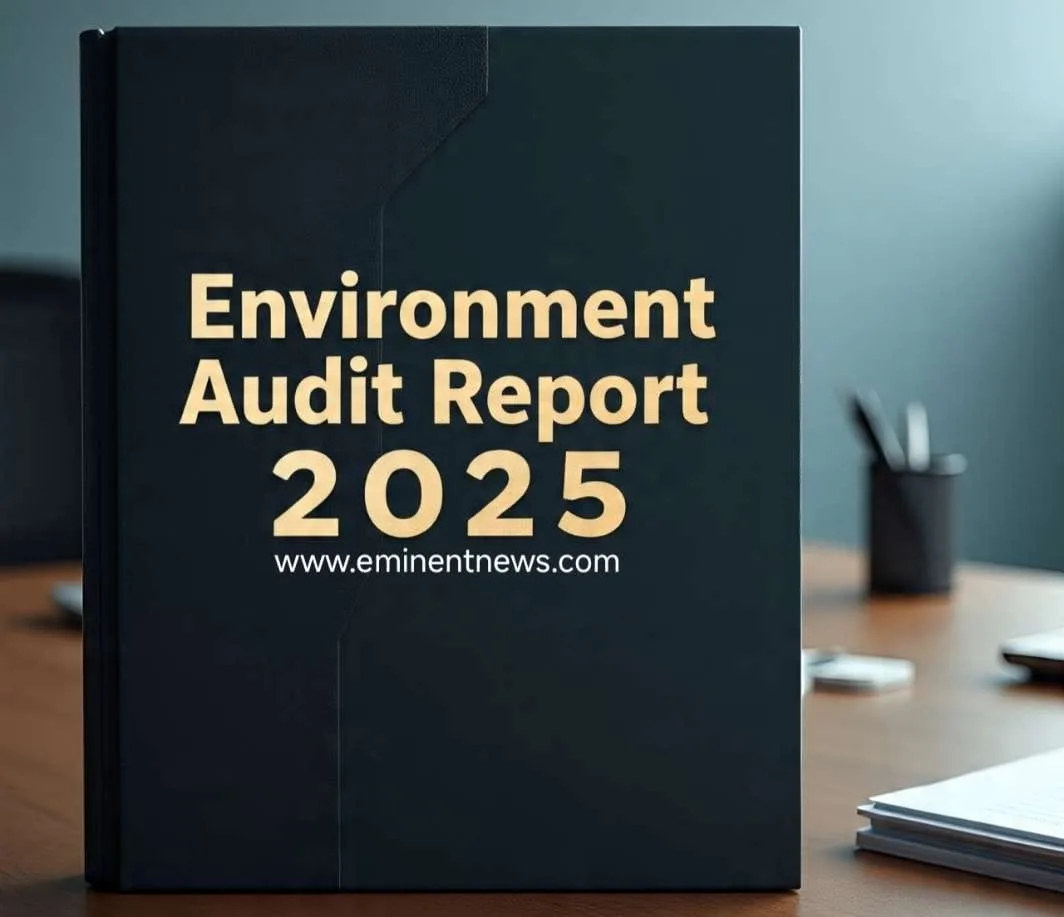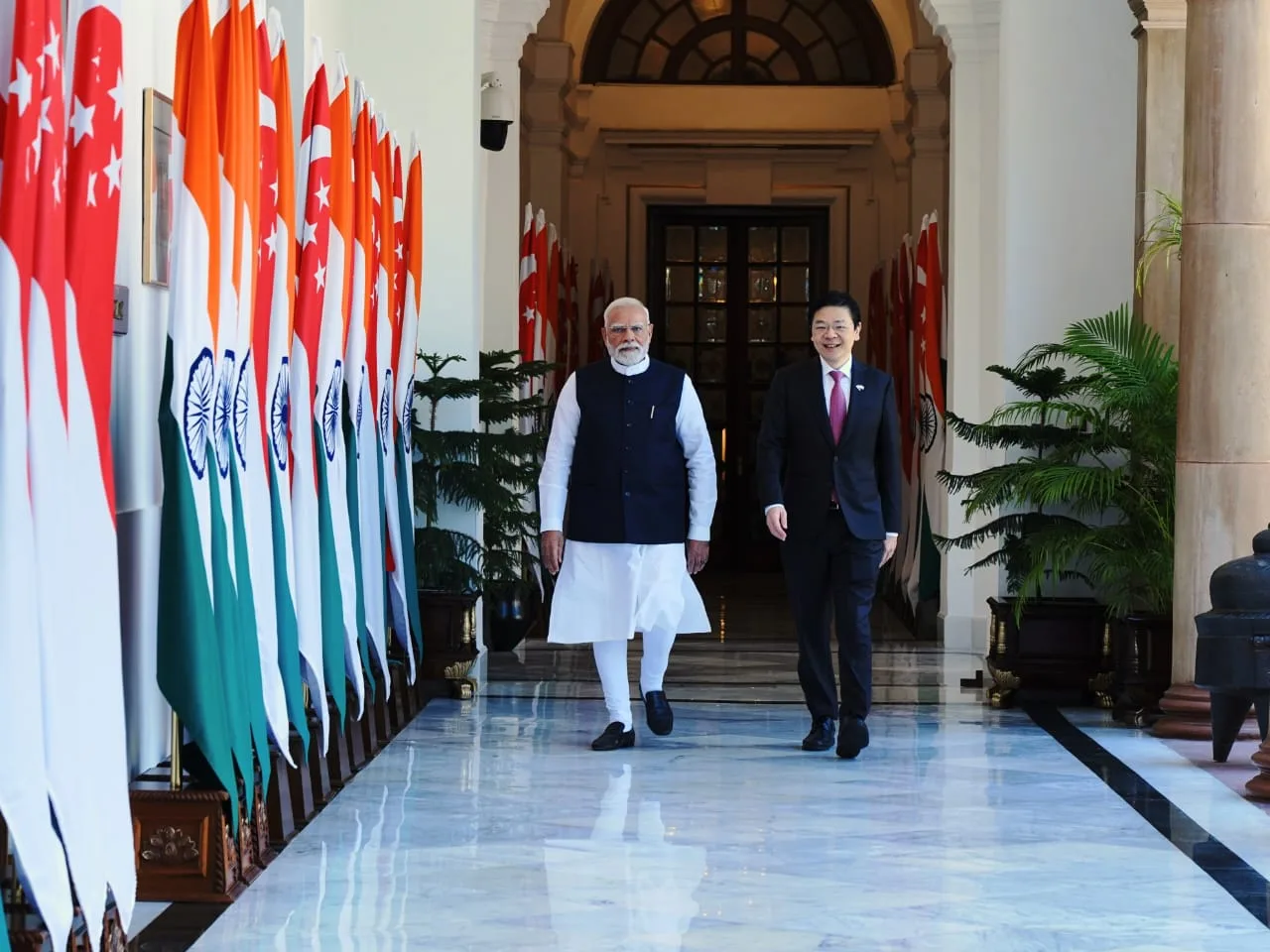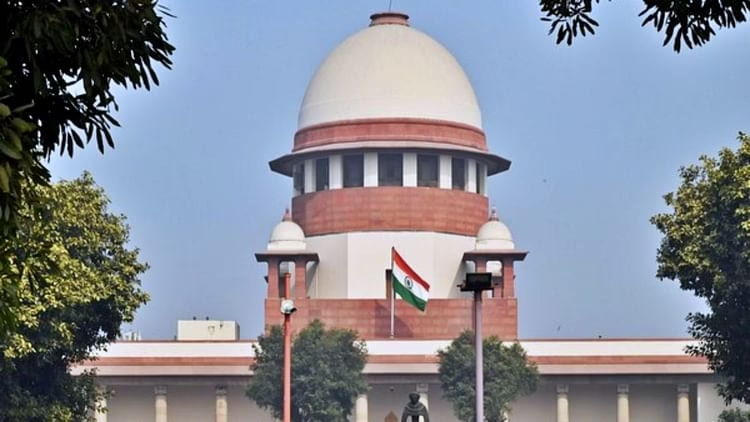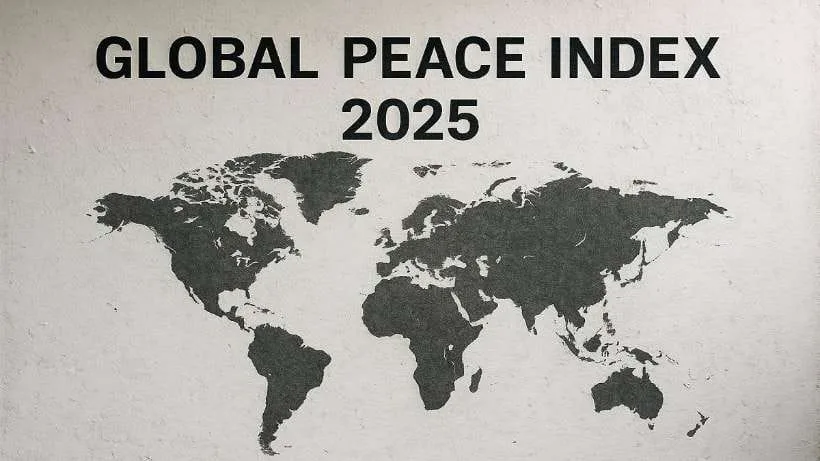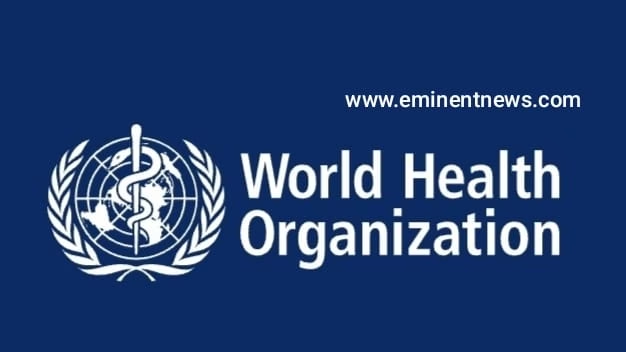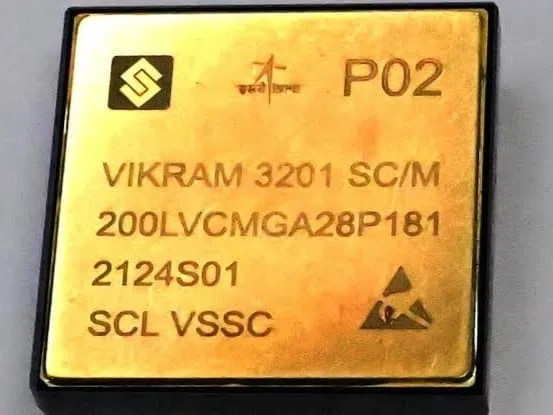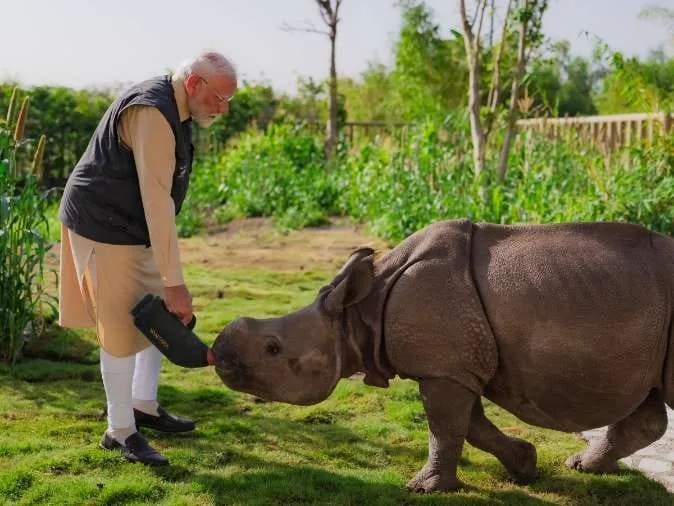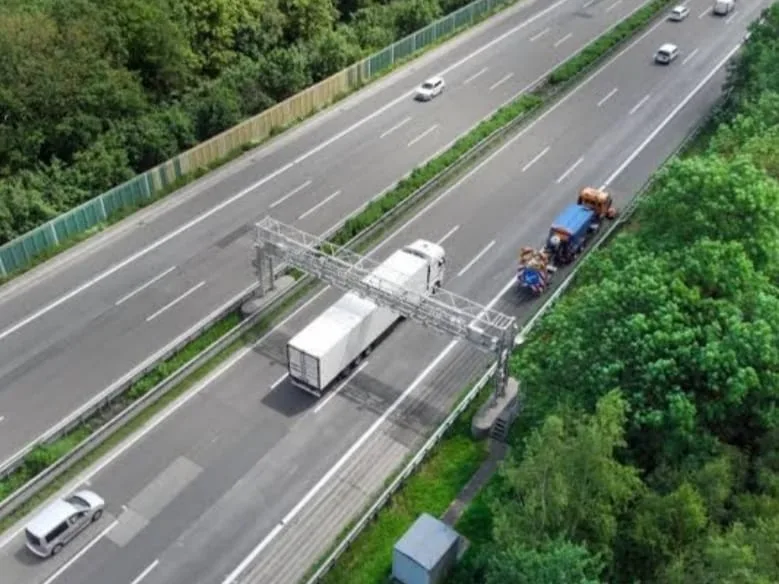Air pollution in India is a significant environmental and public health crisis, with levels often exceeding national and international guidelines .
Key aspects of air pollution in India:
- Air Quality Index (AQI): As of April 15, 2025, the national AQI was 94, categorized as ‘Moderate’ . However, many cities record much higher levels . For example, on April 25, 2025, the real-time AQI was 125, classified as ‘Poor’ .
MAJOR POLLUTANTS :
- PM2.5: Fine particulate matter is a major concern. Concentrations often exceed World Health Organization (WHO) guidelines. For example, on April 15, 2025, PM2.5 levels were 31 µg/m³, exceeding the WHO recommended limit of 15 µg/m³ . Real-time measurements on April 25, 2025, showed PM2.5 at 54 µg/m³ .
- PM10: Coarser particles also contribute significantly, with a recorded level of 92 µg/m³ on April 15, 2025 . Real-time measurements on April 25, 2025, showed PM10 at 141 µg/m³ .
- Other pollutants include carbon monoxide (CO), sulfur dioxide (SO₂), nitrogen dioxide (NO₂), and ozone (O₃) .
- Health Impacts: These pollutants pose serious health risks, including respiratory issues, cardiovascular diseases, and chronic conditions .
- Seasonal Variations: Air quality typically worsens during the winter months due to increased use of heating fuels, agricultural burning, and reduced atmospheric dispersion .
- Sources of Pollution:
- Vehicular Emissions: Traffic is a major contributor to air pollution, especially in urban areas .
- Industrial Activities: Factories and industrial plants release pollutants into the air .
- Construction: Construction activities generate dust and particulate matter .
- Agricultural Practices: Stubble burning after harvesting contributes significantly, particularly in northern India .
- Diesel Generators: Diesel generators are a significant source of pollution, emitting PM2.5, NOx, and other harmful pollutants .
- Residential Cooking: The use of wood and other solid fuels for cooking in rural areas contributes to indoor and outdoor air pollution .
- Geographical Factors: Geography and wind patterns also play a role in the dispersion and concentration of pollutants .
- Government Initiatives and Measures:
- National Clean Air Programme (NCAP): Aims to reduce PM10 levels by up to 40% by 2025-26, using 2017 as the base year .
- Graded Response Action Plan (GRAP): Implements a series of measures in response to worsening air quality levels .
- Retrofit Emission Control Devices (RECD): Retrofit Emission Control Devices (RECD) can reduce emissions from diesel generators .
- Economic Survey: The Economic Survey 2024-25 recognizes air pollution as a major concern, especially in the Delhi NCR region .
- Air Quality Trends: Despite ongoing challenges, there have been some improvements in air quality in recent years. One report noted a 26.84% reduction in nationwide PM levels between 2019 and 2024 . In summary, air pollution in India remains a critical issue with complex causes and significant health impacts. The government is implementing various programs and measures to tackle the problem, but sustained and comprehensive efforts are needed to achieve substantial improvements .
What measures are being taken to reduce air pollution in India ?
India is implementing a range of measures to tackle air pollution, addressing various sources and aiming for both short-term relief and long-term improvements .
Key measures include:
- National Clean Air Programme (NCAP):
- Aims to reduce PM10 and PM2.5 concentrations by 40% by 2026, using 2017 as the base year .
- Focuses on 132 non-attainment cities that do not meet national air quality standards .
- Provides a framework for cities to develop air quality management plans .
- Emission Standards:
- BS-VI Emission Standards: Implemented for vehicles to reduce emissions .
- Stricter emission standards for industries .
- Control of Dust Emissions:
- Measures to mitigate dust from construction activities .
- Deployment of anti-smog guns .
- Road dust management .
- Restrictions on Older Vehicles: Phasing out or restricting the use of older, more polluting vehicles .
- Promoting Cleaner Fuels:
- Expanding the supply of LPG cooking fuel to reduce reliance on solid fuels .
- Promoting the use of cleaner fuels in industries and transportation .
- Renewable Energy Promotion:
- Expanding renewable energy capacity, including solar and wind power .
- Setting ambitious renewable energy targets, such as 500 GW by 2030 .
- Electric Vehicle (EV) Promotion:
- Incentives for electric vehicles and expansion of charging infrastructure .
- Policies to encourage the adoption of electric buses and other public transport vehicles .
- Addressing Agricultural Burning:
- Incentives and initiatives to reduce crop residue burning .
- Promoting alternative uses for agricultural waste .
- Air Quality Monitoring:
- Establishing and expanding air quality monitoring networks .
- Using data to inform policy decisions and public advisories .
- Graded Response Action Plan (GRAP): Implementing emergency measures based on air quality levels .
- Commission for Air Quality Management (CAQM): Established to coordinate efforts in the National Capital Region and adjoining areas .
- Public Awareness Campaigns: Conducting public awareness programs to promote citizen engagement . Challenges and Recommendations:
- Prioritizing PM2.5: Shifting focus to PM2.5, which has more severe health impacts .
- Revising Non-Attainment Cities List: Updating the list of cities not meeting air quality standards regularly .
- Enforcing Emission Standards: Strengthening enforcement and penalties for non-compliance .
- Funding Based on Source Apportionment: Allocating funds based on studies identifying pollution sources .
- Adopting Airshed Approach: Using regional collaboration for pollution control . In summary, India is employing a multi-pronged approach to reduce air pollution, involving policy initiatives, technological interventions, and public awareness campaigns. While progress has been made, sustained efforts and more targeted strategies are needed to achieve substantial improvements in air quality .



